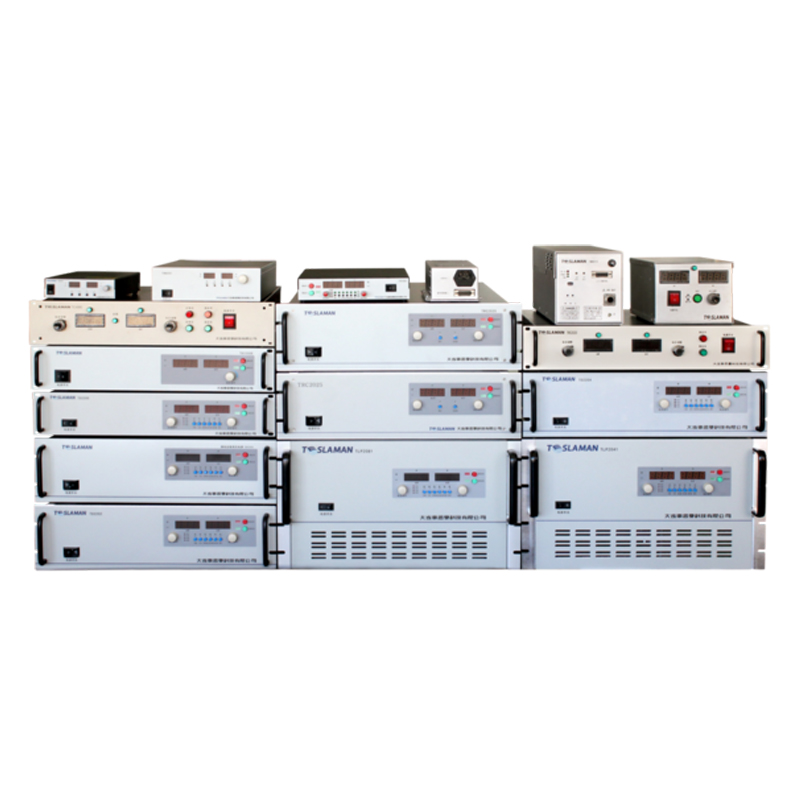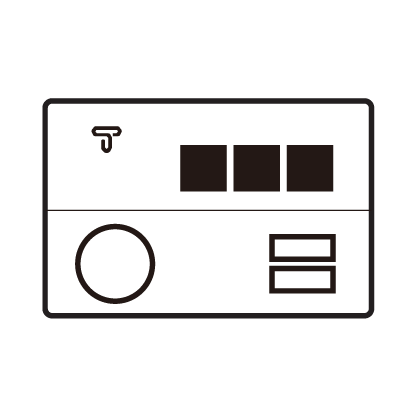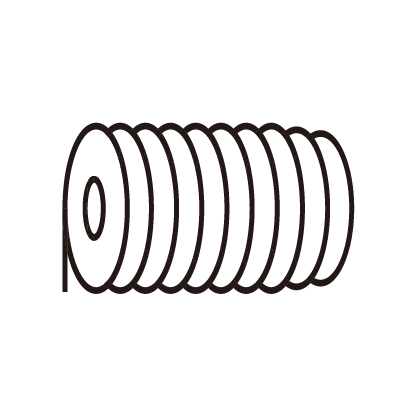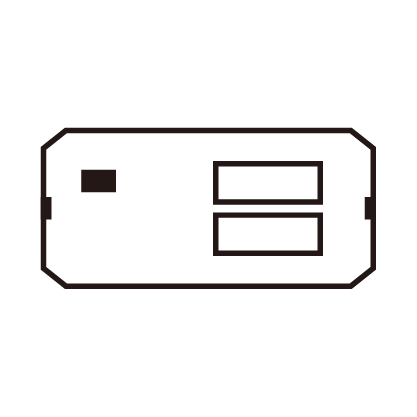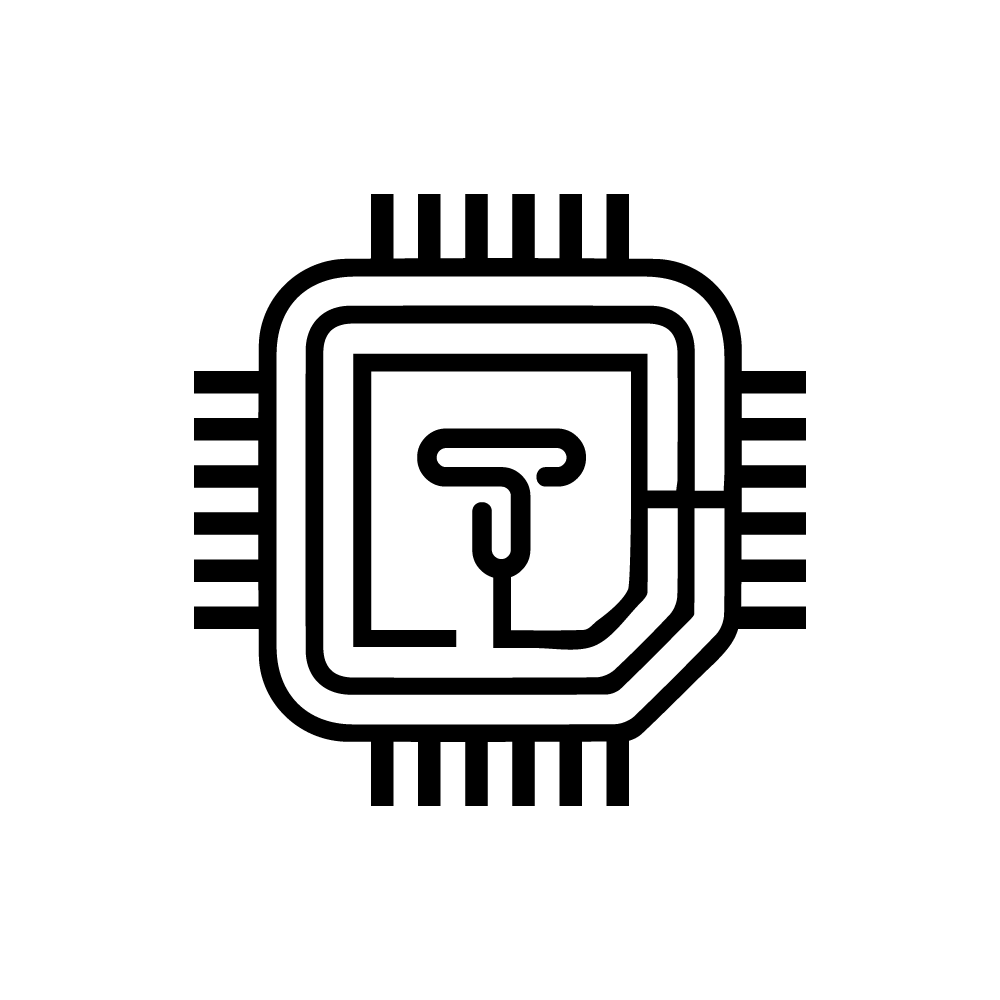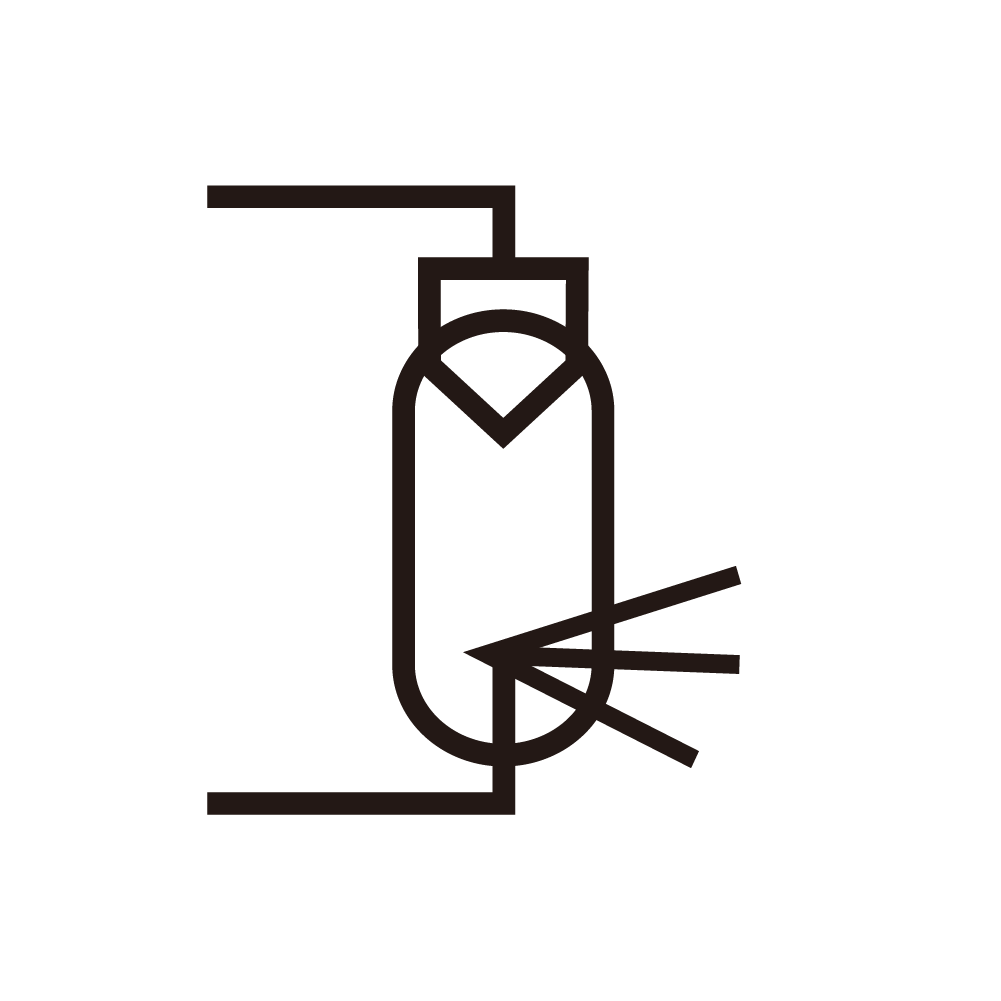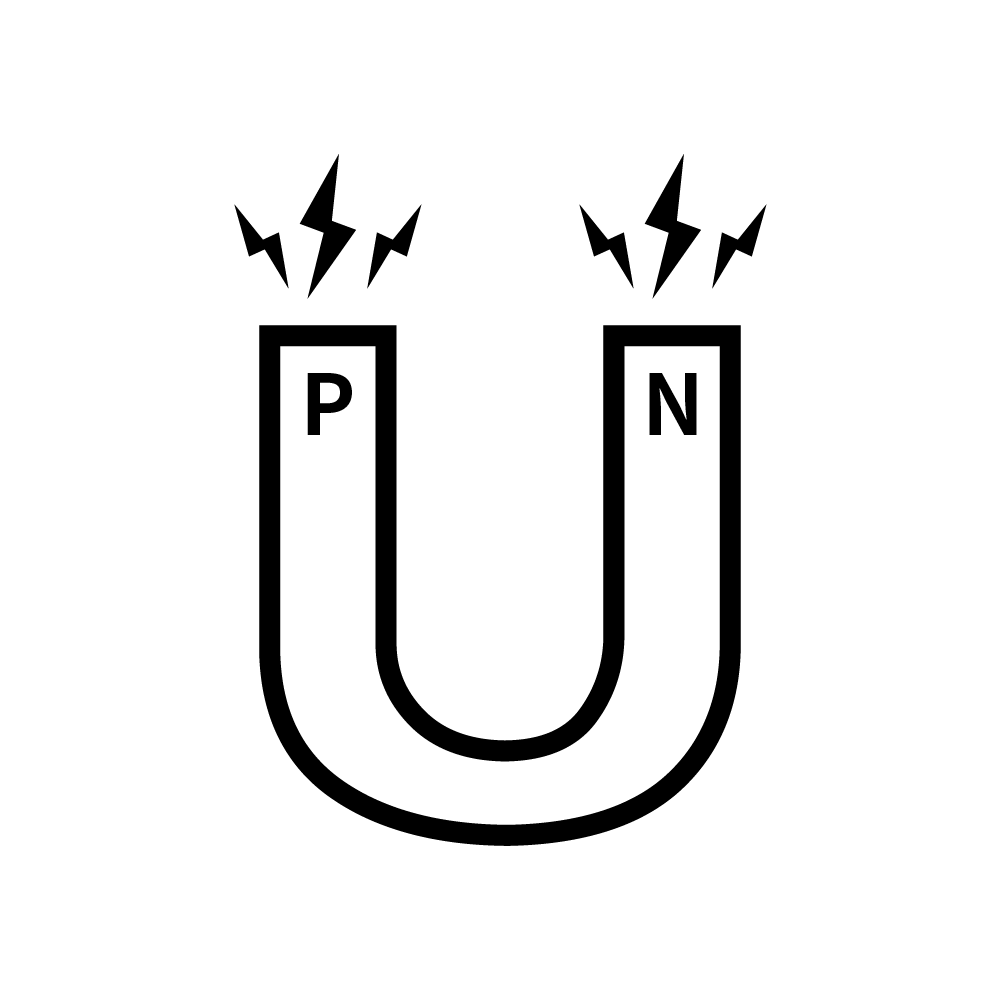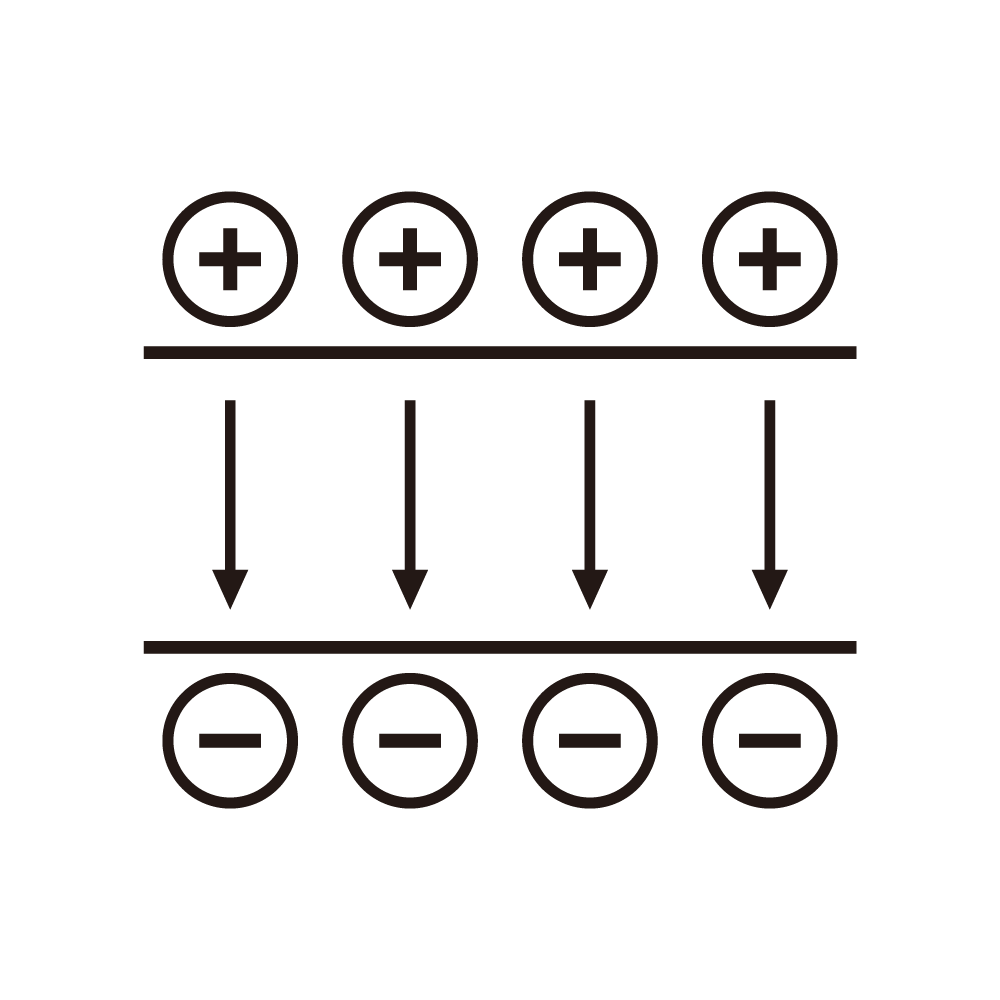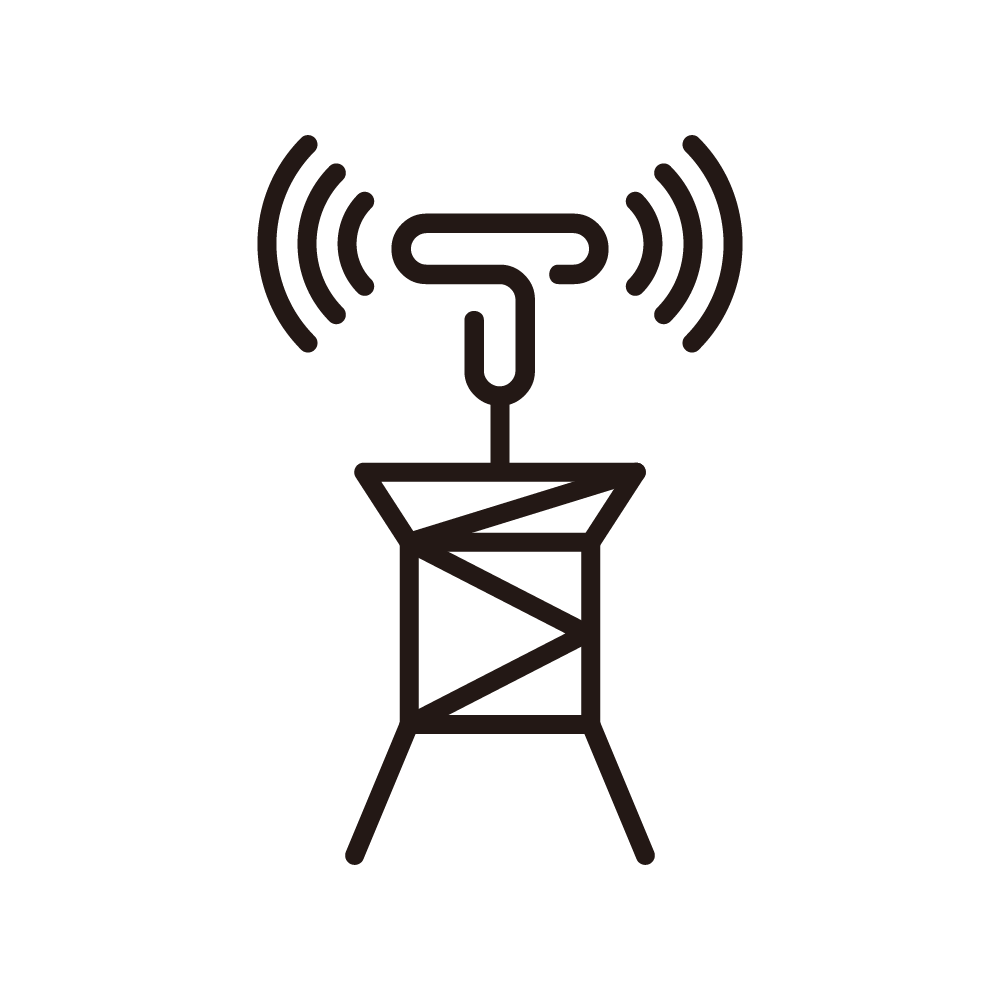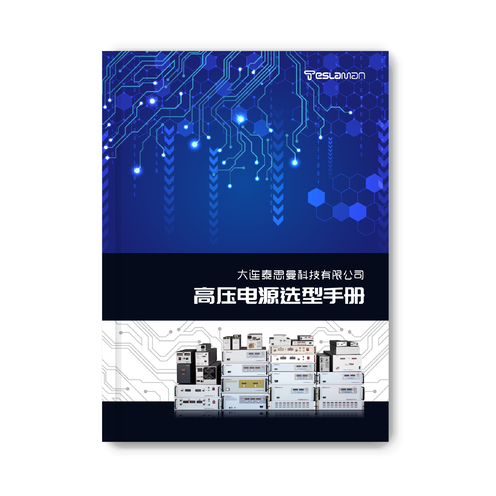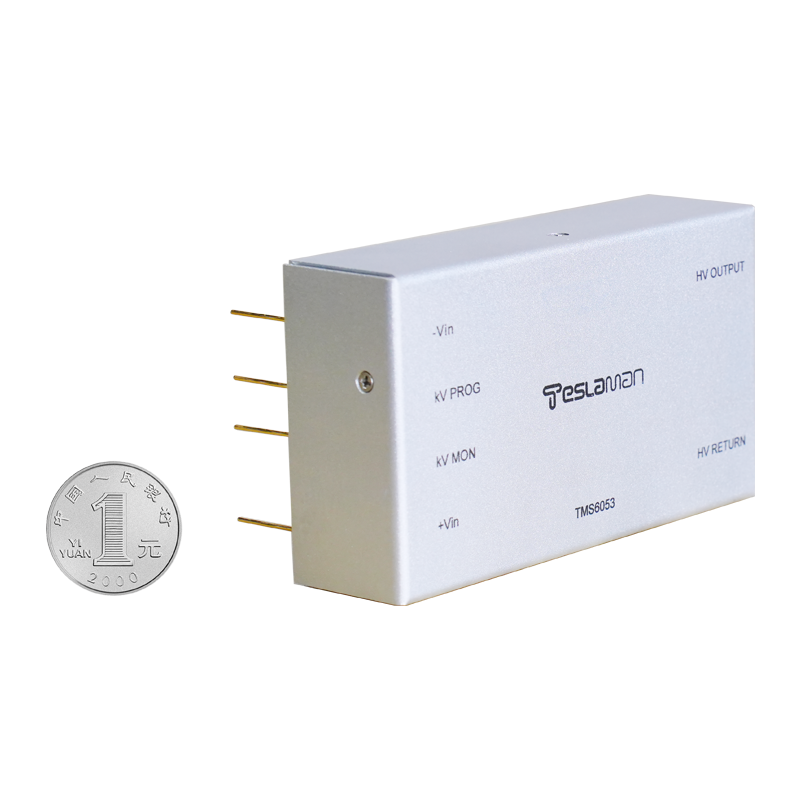Charging Safety Assurance of Capacitor Charging High-Voltage Power Supply
In many application fields of modern technology, capacitor charging high-voltage power supplies play a crucial role. From scientific research experiments to industrial production, from medical equipment to aerospace, they all rely on its stable power supply. However, due to its high operating voltage and large energy density, the charging safety of capacitor charging high-voltage power supplies is particularly important.
Firstly, overcharge protection is a key part of the capacitor charging safety assurance. When a capacitor is overcharged, the internal electric field strength will exceed its design limit, which may lead to the breakdown of the capacitor dielectric, causing serious consequences such as short circuits and even explosions. Therefore, precise voltage detection and control circuits must be integrated into the power supply system. These circuits can monitor the voltage across the capacitor in real time. Once the preset safe voltage upper limit is reached, the charging current is immediately cut off, thus avoiding the occurrence of overcharging.
Secondly, temperature monitoring is also an important measure to ensure charging safety. During the charging process of a capacitor, due to a certain amount of energy loss when electrical energy is converted into electric field energy, these losses are released in the form of heat energy, which may cause the capacitor temperature to rise. Excessive temperature will accelerate the aging of the internal materials of the capacitor, reduce its performance and service life, and even lead to safety accidents. By installing high-precision temperature sensors, the temperature of the capacitor is monitored in real time and connected to the temperature control system. When the temperature exceeds the safe range, the charging current is automatically adjusted or the cooling device is activated to ensure that the capacitor operates within an appropriate temperature range.
Furthermore, the short-circuit protection mechanism is essential. During the charging process of the capacitor, a short-circuit may occur due to external circuit faults or internal component damage. A short-circuit will lead to the generation of a large current in an instant, which will not only damage the capacitor and power supply equipment but also may cause serious safety accidents such as fires. Therefore, the power supply system should be equipped with a fast-response short-circuit protection device that can quickly cut off the circuit the moment a short-circuit occurs to protect the safety of the equipment and personnel.
In addition, electrical isolation is also an important means to improve the charging safety of capacitors. By using isolation components such as isolation transformers and optocouplers, the high-voltage power supply is electrically isolated from the low-voltage control circuit to prevent the high voltage from causing electric shock hazards to the control circuit and operators. At the same time, a good grounding design is also essential, which can promptly conduct away the static electricity and leakage current on the equipment, further ensuring the safe operation of the system.
In conclusion, the charging safety assurance of capacitor charging high-voltage power supplies is a comprehensive systematic project. It is necessary to comprehensively consider and carefully design from multiple aspects such as overcharge protection, temperature monitoring, short-circuit protection, and electrical isolation. Only in this way can the safe and reliable operation of capacitor charging high-voltage power supplies in various application scenarios be ensured.
